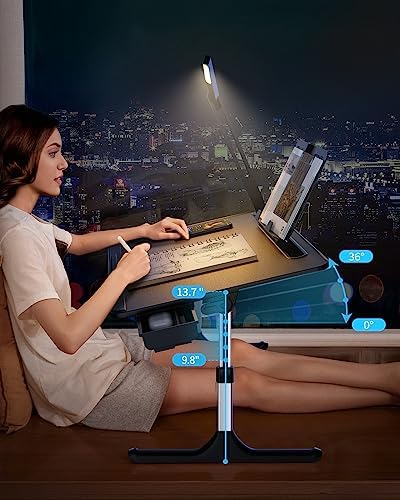Painting by Numbers with POTS: My Cozy Creative Escape
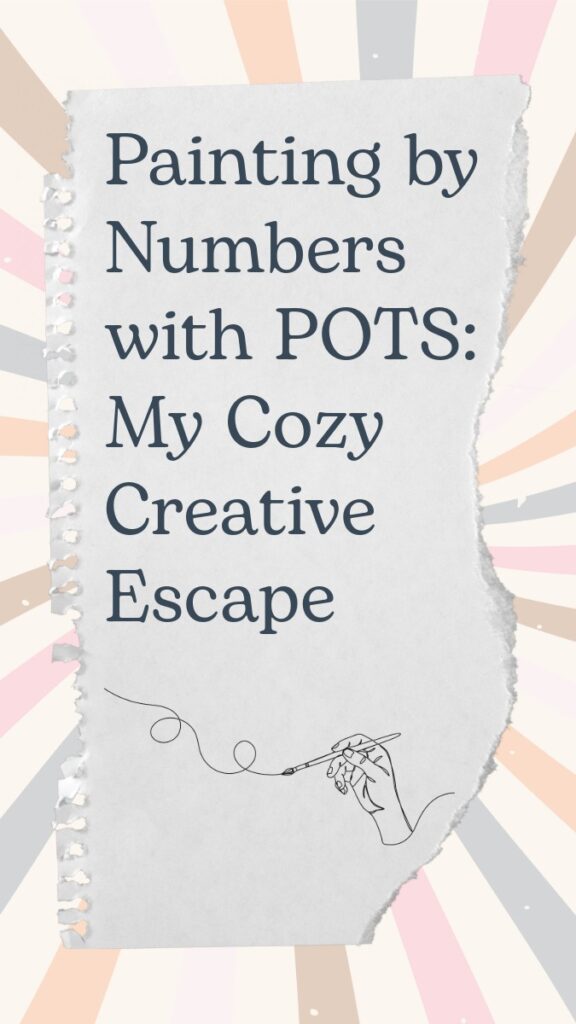
Painting by Numbers with POTS: My Cozy Creative Escape
Some days, my body just doesn’t cooperate. If you live with dysautonomia or POTS, you probably know what I mean—your brain has a list of things it wants to do, but your body throws up a big “Nope” sign. On those low-energy days, I’ve learned to let go of the guilt and lean into hobbies that keep me feeling engaged without pushing my limits. For me, that’s paint by number kits.
There’s something soothing about them—just me, my canvas, a set of tiny numbered paint pots, and the promise of slowly watching an image take shape. I don’t have to think about what to paint; I just follow the numbers. It keeps my hands busy, gives me a little dopamine hit every time I finish a section, and—most importantly—it helps keep the depression and anxiety that tag along with chronic illness at bay.
My Setup Ritual
Because I have arm fatigue and sometimes dizziness if I’m up and down too much, I’ve created a little prep routine that lets me settle in without constantly having to grab things mid-project.
Here’s what it looks like:
Choose my spot wisely.
I like to work at my dining table because it’s a comfortable height and I can spread out. If I’m having a worse symptom day, I’ll work from my recliner using a portable lap desk with an adjustable angle so I’m not hunched over. If you have the space, an adjustable table like this one is idea for different types of sitting/propping yourself while you paint!
Elevate, elevate, elevate.
If I’m seated upright for too long, my POTS symptoms flare, so I keep my feet on a small foot rest or even a stack of pillows. This helps with circulation and keeps me from crashing halfway through.
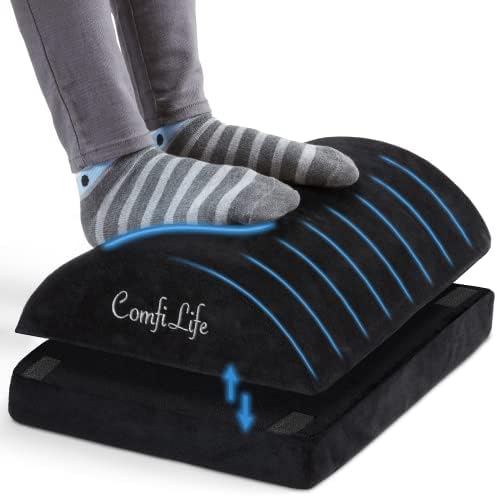
Organize the paints and brushes before I start.
Instead of leaving those tiny pots in the plastic strip they come in (which always gets in my way), I pop them out and place them in a small muffin tin. Each cup gets a number written in Sharpie at the bottom so I can keep track if the lids wander off. This little all-in-one paintbrush holder, palette rinser is SO handy.
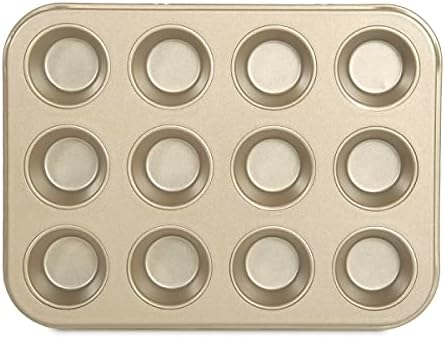
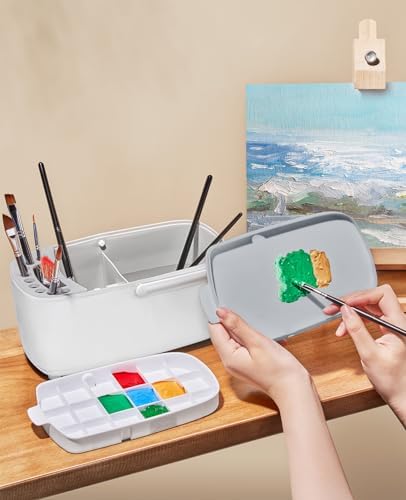
Keep the brushes comfy.
The skinny paintbrush handles can make my hand cramp after a while, so I use a foam grip adapter (the kind used for pens or crochet hooks) around them. It’s such a small change, but it helps with both hand pain and fatigue.
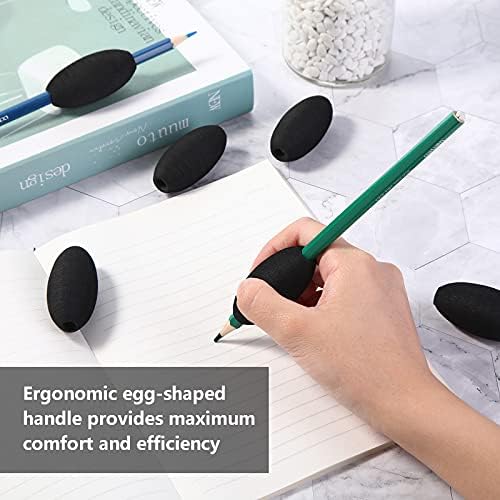
Hydration and snacks within reach.
Painting is oddly time-consuming, and if I get too focused I forget to drink water—which is a big no-no with POTS. I always have a large, insulated cup with a straw next to me, and maybe some salty pretzels for an easy snack.
Little Tricks for Making It Easier
- Rest breaks are part of the process. I set a timer for 20–30 minutes, and when it goes off, I stretch, recline for a bit, or just close my eyes. My neck and arms thank me later.
- Compression sleeves for my arms are a lifesaver. They hold off that heavy, fatigued sensation in your arms so that you’re able to enjoy painting a little longer!
- Lazy Susan for paint pots. If I’m working on a larger kit with lots of colors, I set the muffin tin on a Lazy Susan so I can spin it instead of shuffling things around constantly.
- Color-by-color approach. On really low-energy days, I pick just one color to work on so I’m not switching paints constantly. It’s less taxing and still gives me a sense of accomplishment.
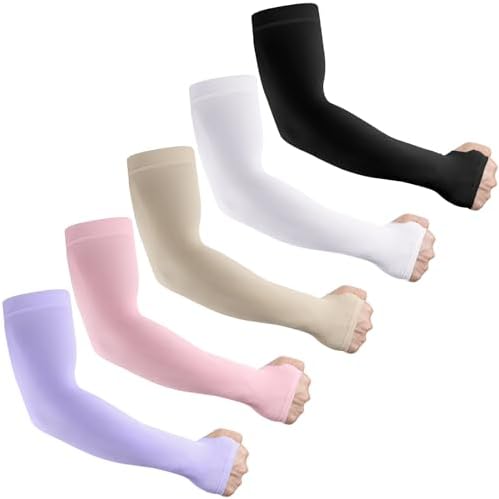
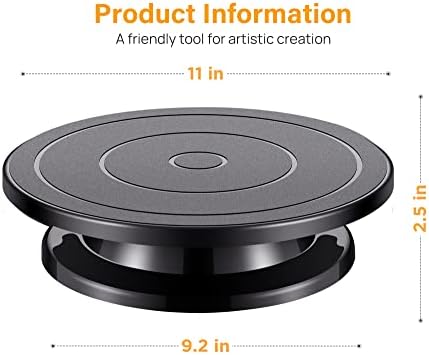
Clever Storage Ideas
When I’m done for the day, I clean my brushes and store the paints in a small, airtight plastic container with a damp paper towel folded at the bottom (but not touching the paints)—this keeps them from drying out between sessions. Keeping my brushes and supplies clean, orgnaized, and ready to go helps me save energy for the parts of creating I truly enjoy. Whether you use a small brush organizer or this rolling studio organizer, find your routine and enjoy painting something beautiful.
Why It Matters to Me
Living with chronic illness can make you feel like you’re stuck in an endless loop of managing symptoms. Creative hobbies like paint by numbers give me a way to feel productive and joyful without pushing my body past its limits. I may not always have the energy to go out and “do” in the traditional sense, but I can still make something beautiful—one numbered section at a time.
Some days I finish just a tiny patch, other days I get a whole area done. Either way, every brushstroke feels like a little victory. And when I finally step back and see the whole picture, it’s a reminder: slow progress is still progress.

